Eye Movement Disorders
$30,00 Original price was: $30,00.$19,99Current price is: $19,99.
Out of stock
Category : ophthalmology
Key features include:
- Provides a coherent, concise, and easy to assimilate description and explanation of different eye movement disorders
- Presents over 100 full-color clinical photographs, radiographs, and color illustrations highlighting pertinent anatomy and brain pathways
- Highlights key information and important features through boxes, tables, and algorithms
About the Author
Agnes M. F. Wong, MD, PhD, FRCSC received her undergraduate degree from Boston University. She then obtained her MD degree from McGill University and completed her residency in Ophthalmology at the University of Toronto. After that, she completed a PhD in Neuroscience and clinical fellowship in
Neuro-Ophthalmology at the University of Toronto. This was followed by a combined research and clinical fellowship in pediatric ophthalmology and strabismus at Washington University in St. Louis. Dr. Wong is currently Associate Professor of Ophthalmology &Vision Science, Neurology, and
Otolaryngology Head & Neck Surgery at the University of Toronto.
Neuro-Ophthalmology at the University of Toronto. This was followed by a combined research and clinical fellowship in pediatric ophthalmology and strabismus at Washington University in St. Louis. Dr. Wong is currently Associate Professor of Ophthalmology &Vision Science, Neurology, and
Otolaryngology Head & Neck Surgery at the University of Toronto.
4 reviews for Eye Movement Disorders
4.3
Based on 4 reviews
| 5 star | 25 | 25% |
| 4 star | 75 | 75% |
| 3 star | 0% | |
| 2 star | 0% | |
| 1 star | 0% |
Add a review Cancel reply
Q & A
Ask a question
There are no questions yet
What do customers buy after viewing this item?
-
ophthalmology
The LASIK Handbook: A Case-Based Approach Second Edition
$137,00Original price was: $137,00.$39,99Current price is: $39,99.Add to cartRated 5.00 out of 5Add to WishlistAdd to Wishlist -
ophthalmology
Vaughan & Asbury’s General Ophthalmology, 19th Edition
$67,00Original price was: $67,00.$19,99Current price is: $19,99.Add to cartRated 0 out of 5Add to WishlistAdd to Wishlist -
ophthalmology
Basic Ophthalmology: Essentials for Medical Students 10th Edition
$90,00Original price was: $90,00.$29,99Current price is: $29,99.Add to cartRated 4.67 out of 5Add to WishlistAdd to Wishlist -
ophthalmology
The Wills Eye Manual: Office and Emergency Room Diagnosis and Treatment of Eye Disease Eighth Edition
$79,00Original price was: $79,00.$19,99Current price is: $19,99.Add to cartRated 0 out of 5Add to WishlistAdd to Wishlist

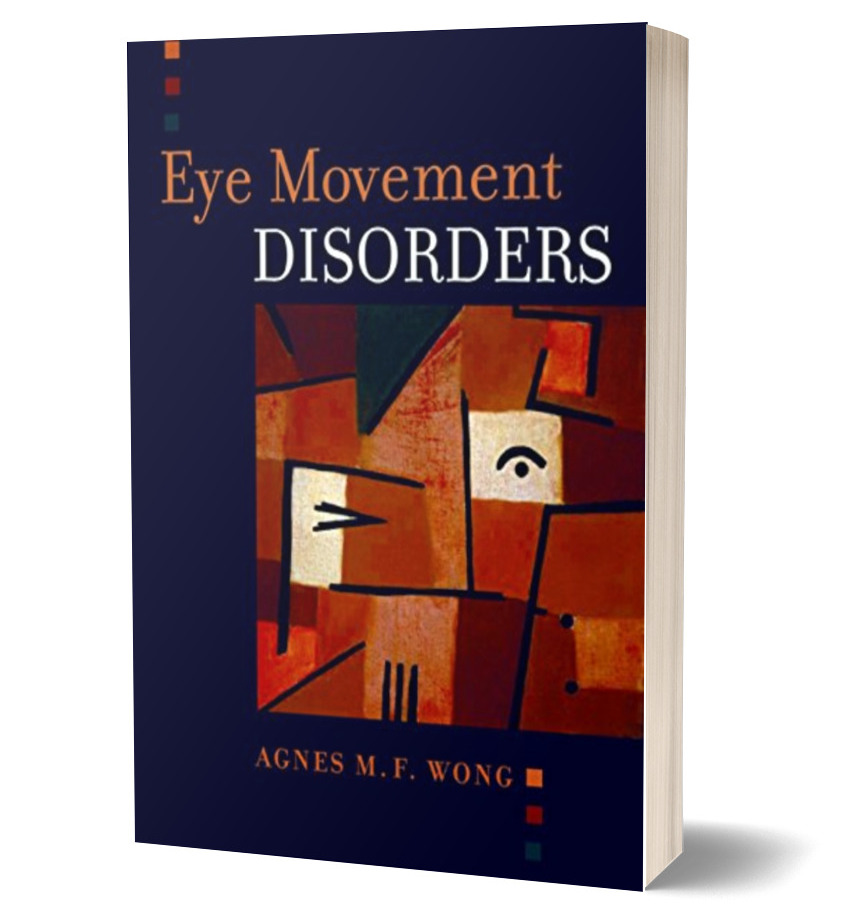
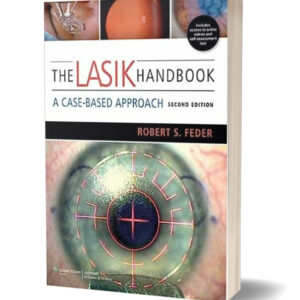
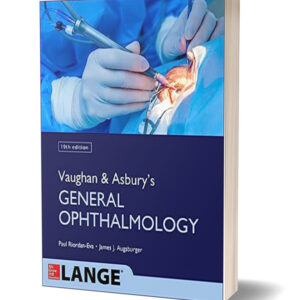
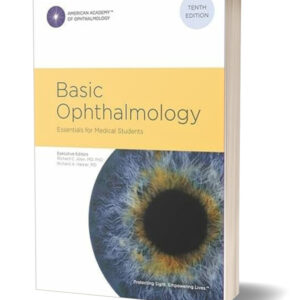
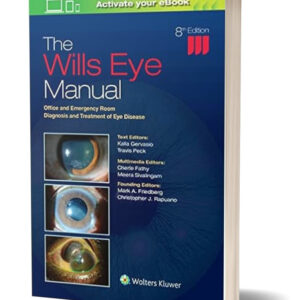
Roy –
comprehensive and accessible resource, providing valuable insights into various eye movement disorders and their management
Mason –
With its practical approach, ‘Eye Movement Disorders’ serves as a valuable reference for diagnosing and treating patients with diverse eye movement issues.
Vincent –
This concise and well-illustrated book offers a thorough overview of eye movement disorders, making it a valuable addition to any ophthalmology library
Randy –
wealth of knowledge on eye movement disorders for both students and practitioners in the field